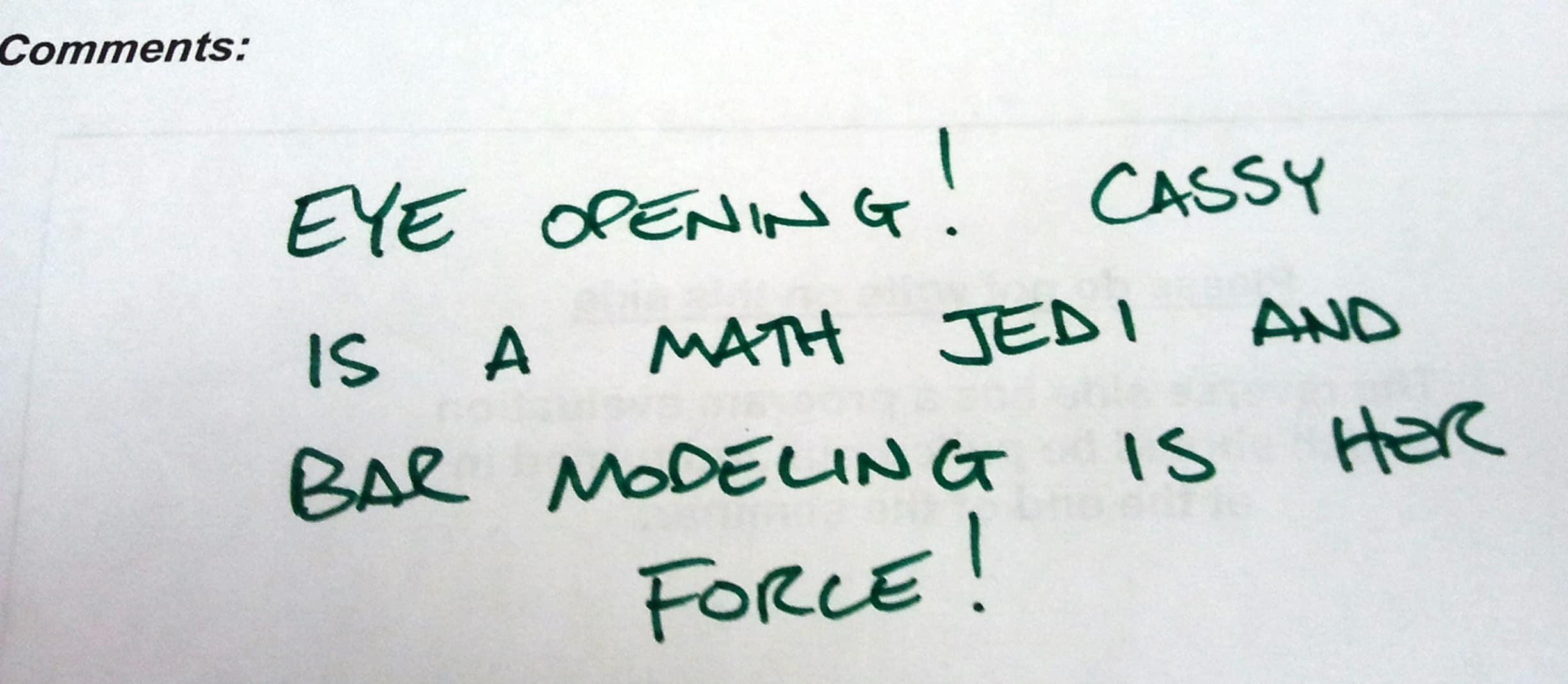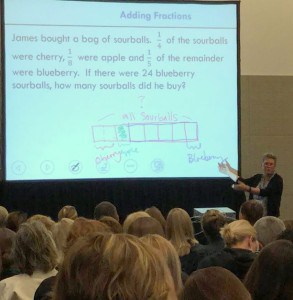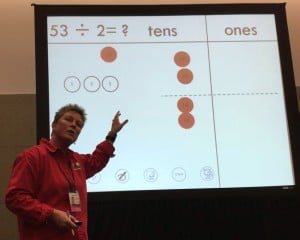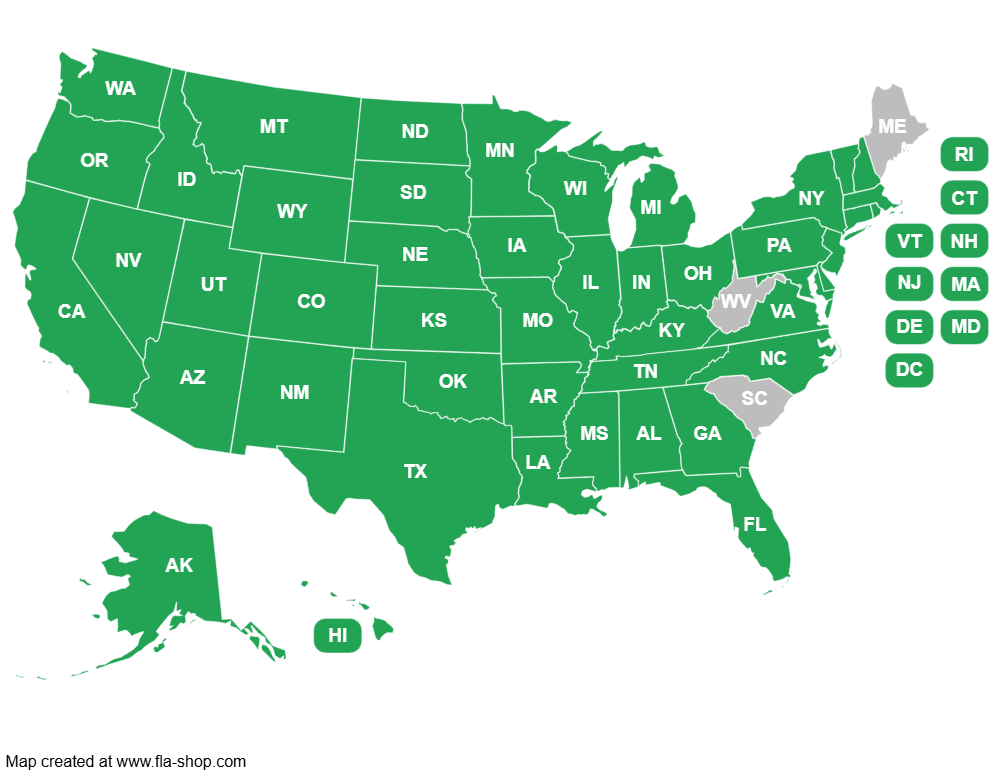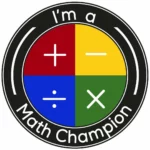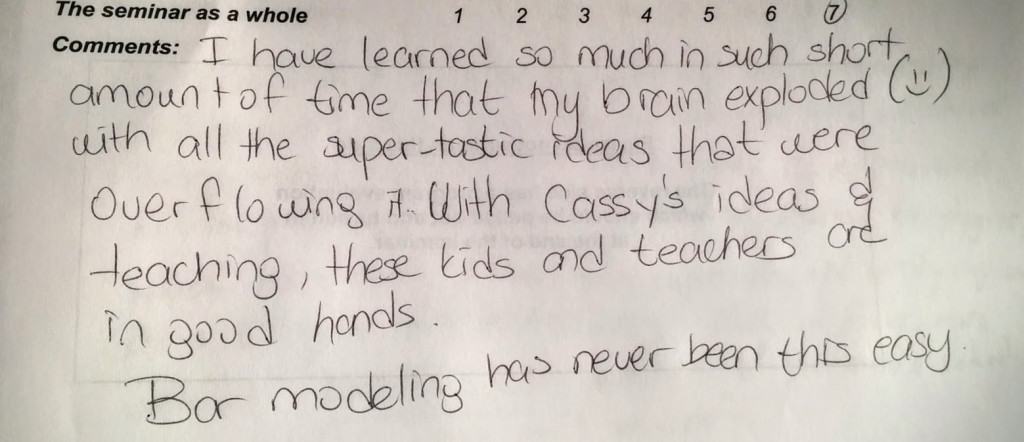
Wow! January already? Here upcoming dates for my Bureau of Education and Research seminar “How to Use the Best Strategies From Singapore Mathematics to Strengthen Your Math Instruction” I’m told that seats are still available for the January seminars!
Jan. 11 – St. Louis, MOJan. 12 – Champaign, ILJan. 13 – Chicago North, ILJan. 14 – Portland, ORJan. 15 – Seattle, WA- Mar. 7 – Newark, NJ
- Mar. 8 – Cherry Hill, NJ
- Mar. 9 – Manchester, NH
- Mar. 10 – Providence, RI
- Mar. 11 – Albany, NY
______________________________________________
Your city not on the list? Contact me and I can bring my Singapore Math® workshop(s) to your school or district – email Cassy (at) singaporemathsource.com

